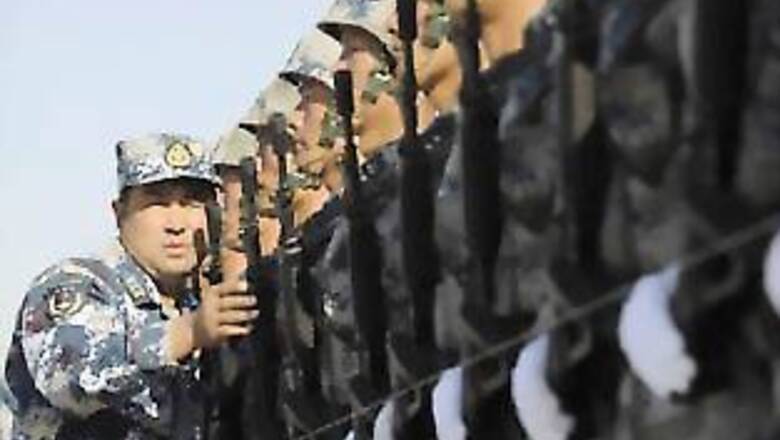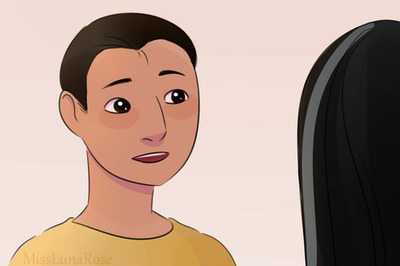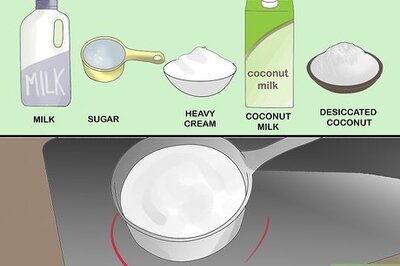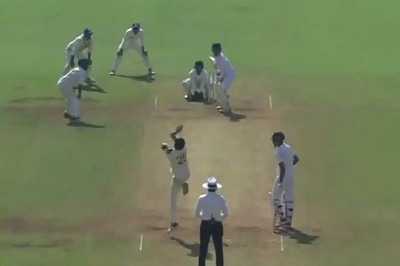
141
views
views
The parade programme will feature a new emphasis on modernised tool.
Beijing: China's October 1 National Day parade in Beijing will feature precision steps and a new emphasis on modernised equipment, reflecting a decade of streamlining and upgrading the military.
Following is a brief overview of China's defence forces:
world's biggest army:
- The People's Liberation Army (PLA) was born out of the Red Army, a five-million-strong peasant army that swept Communist leader Mao Zedong to power in 1949. Soviet expertise helped organise it into the more cohesive force that fought in the 1950-1953 Korean War alongside North Korea.
- China's official military budget will grow to 480.7 billion yuan ($70.41 billion) in 2009, up 14.9 per cent on year, in line with nearly two decades of double-digit budget rises. Many analysts believe real military spending is significantly higher.
- By comparison, President Barack Obama has sought roughly $534 billion for the Pentagon's core budget in fiscal year 2010, not including war funding, a four per cent rise from 2009.
- China has never renounced the use of force to bring self-ruled and democratic Taiwan, which it considers its sovereign territory, under Beijing's rule.
- China's 2.3 million-strong armed forces are far bigger than the world's second-largest military, that of the United States, whose forces number around 1.5 million.
- China is trying to transform the PLA into a smaller, sleeker modern force capable of short, high-intensity conflicts against high-tech adversaries. PLA Navy:
- The PLA Navy has about 290,000 personnel, many on aged vessels. President Hu Jintao has made the navy's modernisation his personal project.
- The navy has about 72 combat ships. It is upgrading destroyers and frigates to range further and strike harder.
- The navy's mandate includes protecting oil supply lanes to the Middle East. Chinese warships also assist in anti-piracy patrols in waters off Somalia.
- China bought the Varyag, a semi-finished Russian aircraft carrier, a few years ago, but it is unclear whether the Varyag will be put into service or used as a training deck and template for a Chinese-made carrier. PAGE_BREAK
- China in recent years has bought eight Russian-made non-nuclear submarines, adding to four bought in the 1990s. It has also built or is planning its own new submarines, including nuclear-powered subs, to replenish its aged fleet of nearly 60. PLA air force:
- China boasts the world's third-largest air force, with about 400,000 personnel and 2,000 combat aircraft.
- The October 1 parade will feature bombers, unmanned aircraft, and reconnaissance and rescue helicopters. Pride of place goes to the F-11, a fighter adapted by China from Russian models. Missiles, nuclear weapons:
- China's arsenal includes between 100 and 400 nuclear weapons, controlled by the Second Artillery Corps. China has pledged never to be the first to use nuclear weapons.
- Its deterrent force includes intercontinental ballistic missiles, and land- and submarine-based missiles.
- US strategists say China may develop anti-ship ballistic missile capability to deter aircraft carriers.
- The successful missile "kill" of an old satellite in early 2007 represented a new level of ability for the Chinese military.



















Comments
0 comment